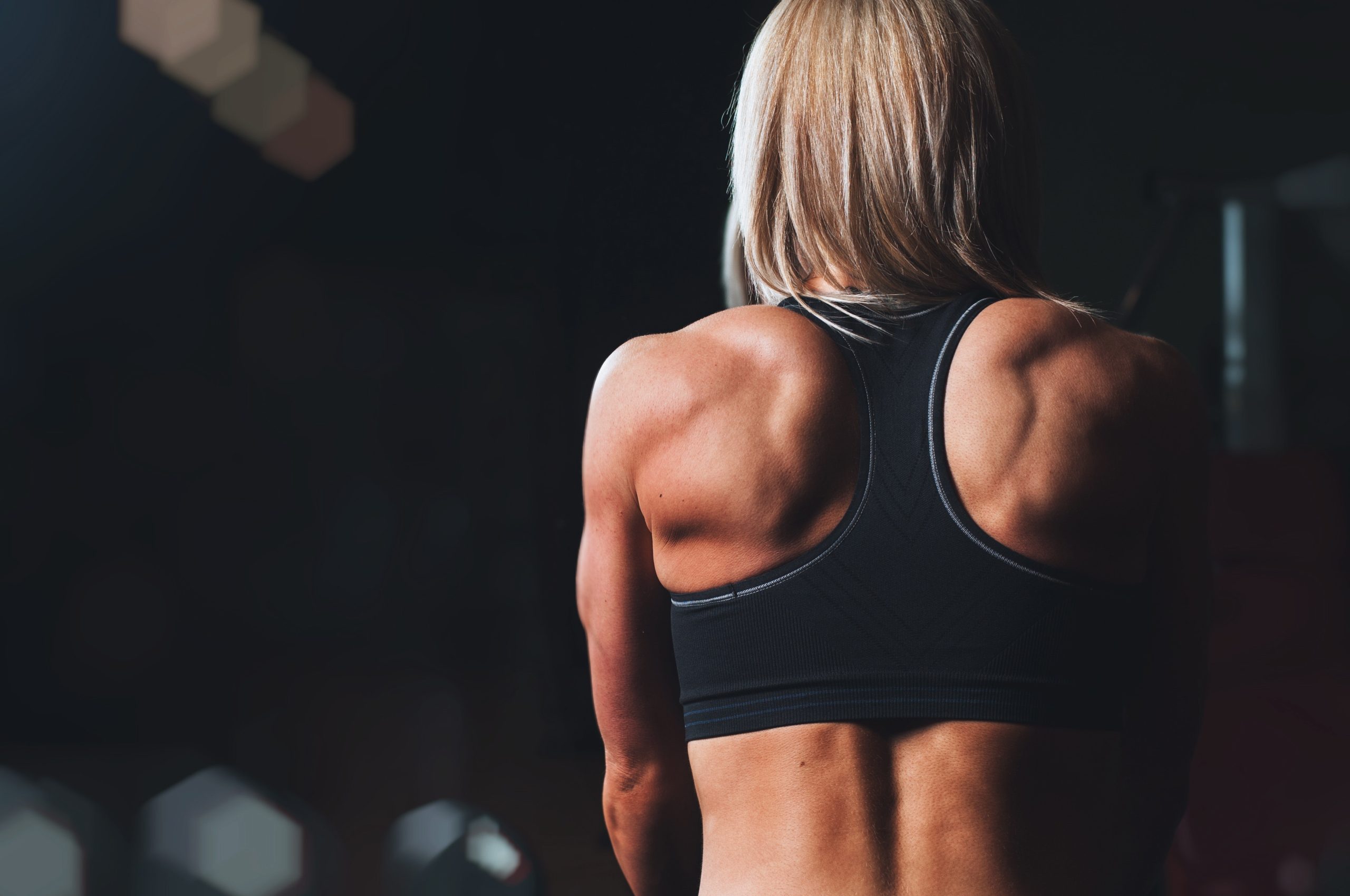When it comes to physical fitness, most people tend to focus on strength and cardio workouts. While these are important aspects of a well-rounded fitness routine, flexibility is often overlooked. Flexibility plays a crucial role in overall physical health and should not be underestimated.
What is Flexibility?
Flexibility refers to the range of motion in a joint or group of joints. It is the ability of muscles and tendons to stretch and lengthen, allowing you to move your limbs freely and comfortably. Flexibility is essential for maintaining proper posture, preventing injuries, and improving overall performance in physical activities.
The Benefits of Flexibility
There are many benefits to maintaining good flexibility as part of your fitness routine. Some of these include:
Improved Range of Motion
Flexibility allows your joints to move through their full range of motion, which is essential for performing everyday activities and engaging in physical exercises. Improved range of motion can also enhance your athletic performance and reduce the risk of injuries.
Enhanced Posture
Good flexibility can help improve your posture by allowing your muscles to maintain proper alignment and balance. Poor posture can lead to back pain, neck pain, and other musculoskeletal issues. By incorporating flexibility exercises into your routine, you can help prevent these problems and promote better overall alignment.
Reduced Risk of Injury
Being flexible can help prevent injuries by ensuring that your muscles and tendons are able to absorb and distribute forces properly. Tight muscles and limited range of motion can increase the risk of strains, sprains, and other injuries. By improving flexibility, you can help protect yourself from these types of injuries.
How to Improve Flexibility
There are many ways to improve flexibility, including:
Stretching
Regular stretching exercises can help improve flexibility in specific muscle groups. It is important to stretch both before and after workouts to prepare your muscles for activity and prevent stiffness after exercise. Focus on stretching major muscle groups such as the calves, hamstrings, quadriceps, hips, and shoulders.
Yoga and Pilates
Yoga and Pilates are excellent ways to improve flexibility while also building strength and balance. These practices focus on controlled movements and breathing techniques that can help increase range of motion, improve posture, and reduce stress.
Massage Therapy
Massage therapy can help relax tight muscles and improve circulation, which can enhance flexibility. Regular massages can help prevent muscle imbalances, reduce stiffness, and promote overall relaxation and well-being.
Conclusion
Flexibility is an often overlooked but essential component of physical fitness. By incorporating flexibility exercises into your routine, you can improve your range of motion, enhance your posture, and reduce the risk of injuries. Whether you prefer traditional stretching, yoga, or massage therapy, finding ways to improve flexibility can have a significant impact on your overall health and well-being.
Don’t neglect flexibility in your fitness routine – your body will thank you for it!
